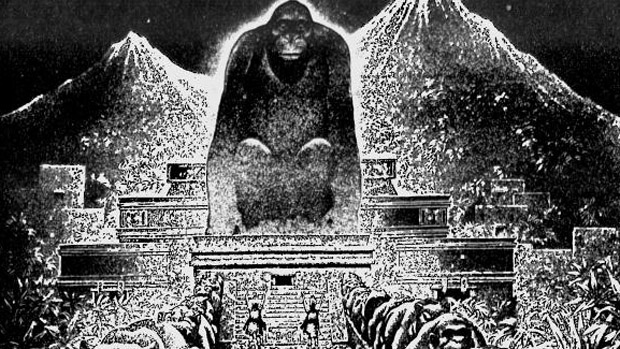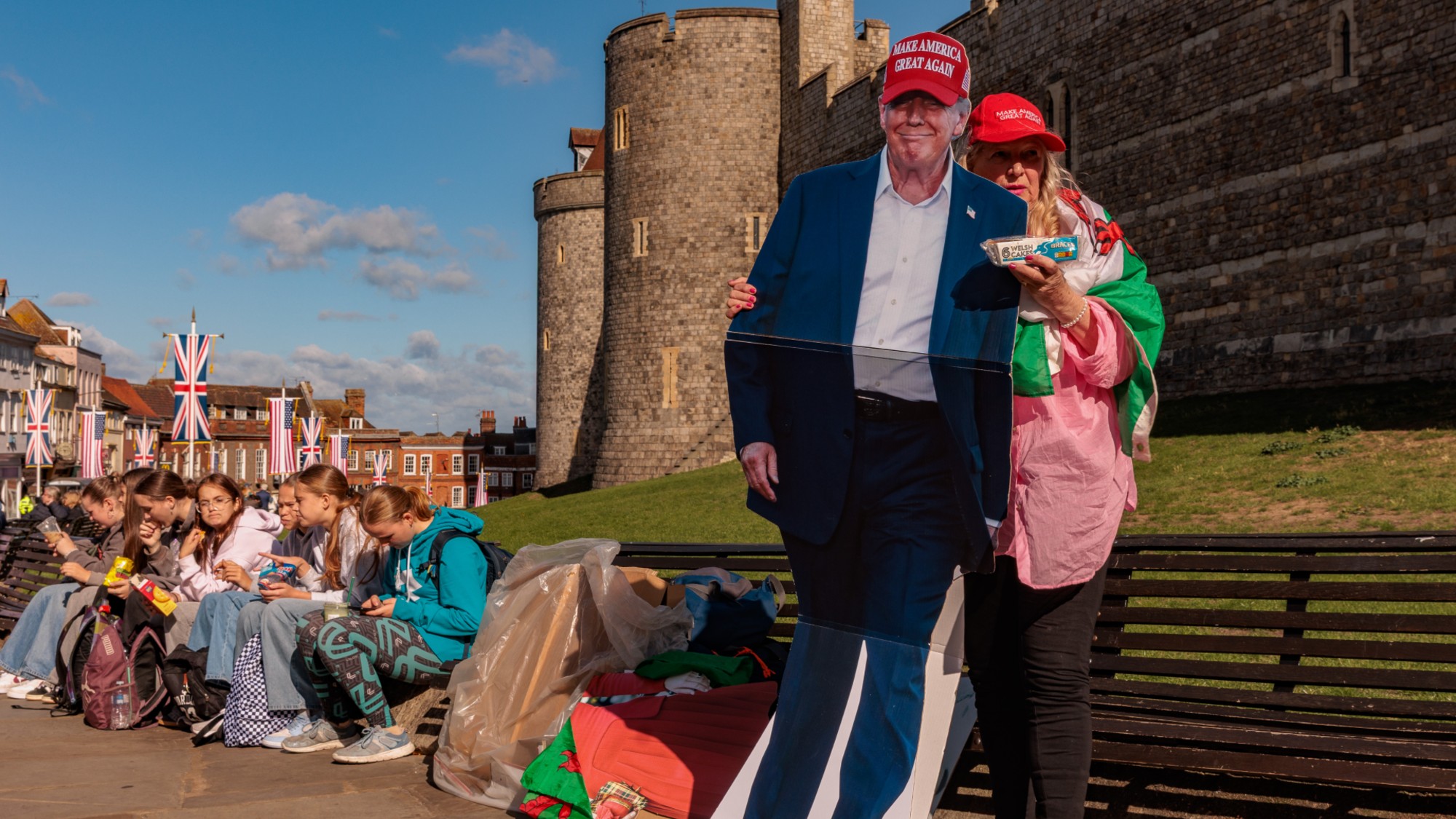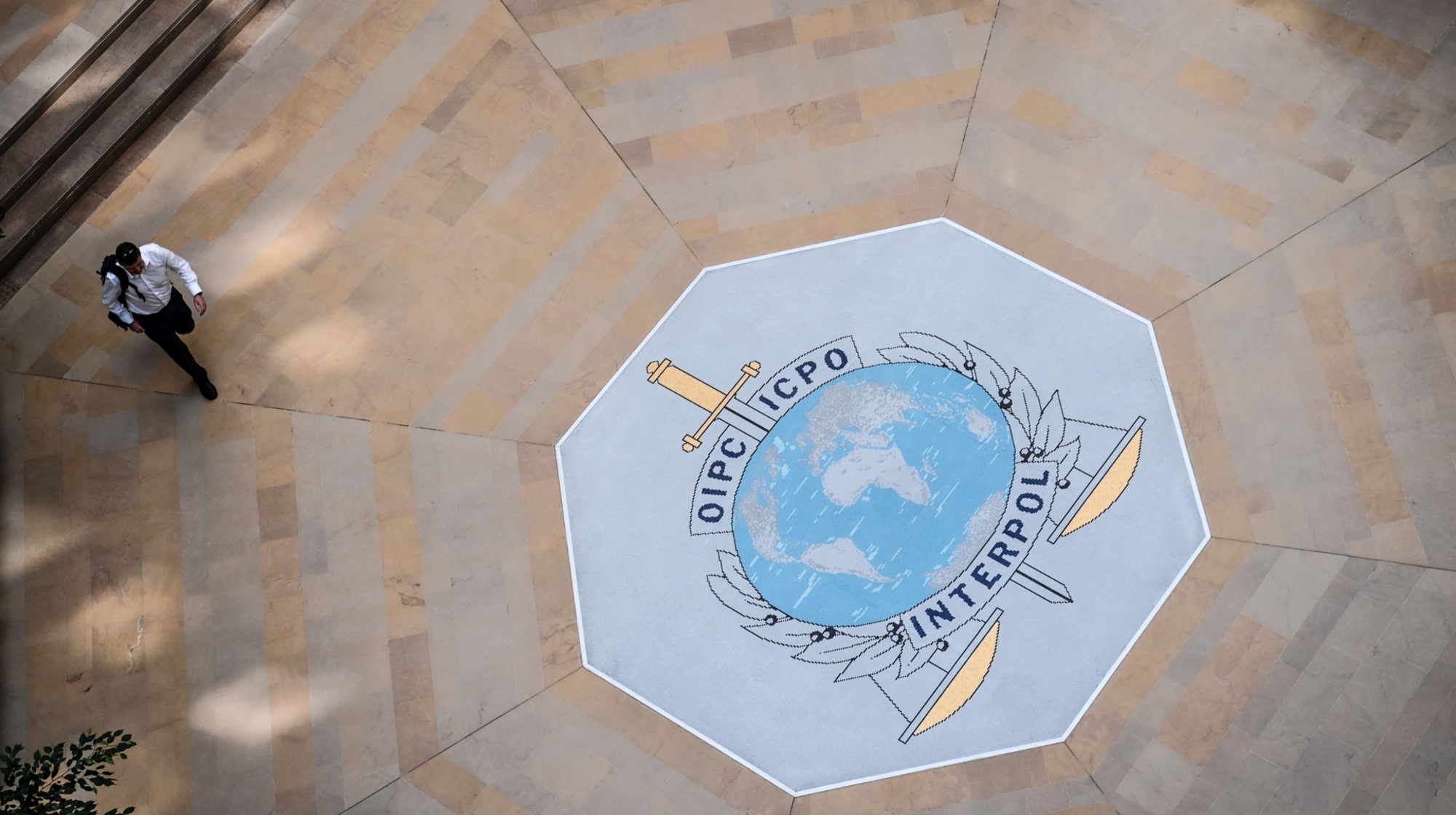City of the Monkey God: have scientists found the lost city?
Archaeologists hunting for an ancient city deep in the Honduran rainforest have made a remarkable discovery

A team of archaeologists hunting for an ancient city in the Honduran rainforest have discovered the "untouched ruins of a vanished culture", the National Geographic has revealed.
The team of researchers, accompanied by two former SAS soldiers and Honduran troops, discovered a "remarkable cache" of untouched structures, stone sculptures and artefacts which could shed light on the ancient civilisation.
The Week
Escape your echo chamber. Get the facts behind the news, plus analysis from multiple perspectives.

Sign up for The Week's Free Newsletters
From our morning news briefing to a weekly Good News Newsletter, get the best of The Week delivered directly to your inbox.
From our morning news briefing to a weekly Good News Newsletter, get the best of The Week delivered directly to your inbox.
Explorers have been searching for "The White City" or the "City of the Monkey God" deep in the Mosquitia rainforest since the 16th century when Spanish conquistadores arrived in the Americas.
The city's civilisation thrived over a thousand years ago, but has since vanished. Their culture has hardly been studied, and doesn't even have a name.
During an expedition in 1940, the American adventurer Theodore Morde believed that he had discovered the site, but he died before he told anyone where it was. He described a city "where a giant monkey deity was once worshipped and local tribes described myths of half-human, half-simian children."
"It shows that even now, well into the 21st century, there is so much to discover about our world," Christopher Fisher, the lead archaeologist, told the Daily Telegraph.
A free daily email with the biggest news stories of the day – and the best features from TheWeek.com
"The untouched nature of the site is unique and if preserved and properly studied can tell us much about these past people and provide critical data for modern conservation."
The expedition was launched as result of an aerial survey in 2012, which used groundbreaking technology to map the jungle floor, and helped scientists discover vast architectural structures buried underneath the earth.
Nothing has been removed from the site and the location has been kept a secret for fear of looting. "This is clearly the most undisturbed rain forest in Central America," said the expedition’s ethnobotanist, Mark Plotkin. "The importance of this place can't be overestimated."
But the priceless site faces a more immediate threat from nearby deforestation and cattle farming. "To lose this global ecological and cultural patrimony over a fast food burger is a prospect that I am finding it very hard to grapple with," said Fisher.
-
 The Salt Path Scandal: an ‘excellent’ documentary
The Salt Path Scandal: an ‘excellent’ documentaryThe Week Recommends Sky film dives back into the literary controversy and reveals a ‘wealth of new details’
-
 AI griefbots create a computerized afterlife
AI griefbots create a computerized afterlifeUnder the Radar Some say the machines help people mourn; others are skeptical
-
 Sudoku hard: December 17, 2025
Sudoku hard: December 17, 2025The daily hard sudoku puzzle from The Week
-
 How Bulgaria’s government fell amid mass protests
How Bulgaria’s government fell amid mass protestsThe Explainer The country’s prime minister resigned as part of the fallout
-
 Femicide: Italy’s newest crime
Femicide: Italy’s newest crimeThe Explainer Landmark law to criminalise murder of a woman as an ‘act of hatred’ or ‘subjugation’ but critics say Italy is still deeply patriarchal
-
 Brazil’s Bolsonaro behind bars after appeals run out
Brazil’s Bolsonaro behind bars after appeals run outSpeed Read He will serve 27 years in prison
-
 Americans traveling abroad face renewed criticism in the Trump era
Americans traveling abroad face renewed criticism in the Trump eraThe Explainer Some of Trump’s behavior has Americans being questioned
-
 Nigeria confused by Trump invasion threat
Nigeria confused by Trump invasion threatSpeed Read Trump has claimed the country is persecuting Christians
-
 Sanae Takaichi: Japan’s Iron Lady set to be the country’s first woman prime minister
Sanae Takaichi: Japan’s Iron Lady set to be the country’s first woman prime ministerIn the Spotlight Takaichi is a member of Japan’s conservative, nationalist Liberal Democratic Party
-
 Russia is ‘helping China’ prepare for an invasion of Taiwan
Russia is ‘helping China’ prepare for an invasion of TaiwanIn the Spotlight Russia is reportedly allowing China access to military training
-
 Interpol arrests hundreds in Africa-wide sextortion crackdown
Interpol arrests hundreds in Africa-wide sextortion crackdownIN THE SPOTLIGHT A series of stings disrupts major cybercrime operations as law enforcement estimates millions in losses from schemes designed to prey on lonely users
